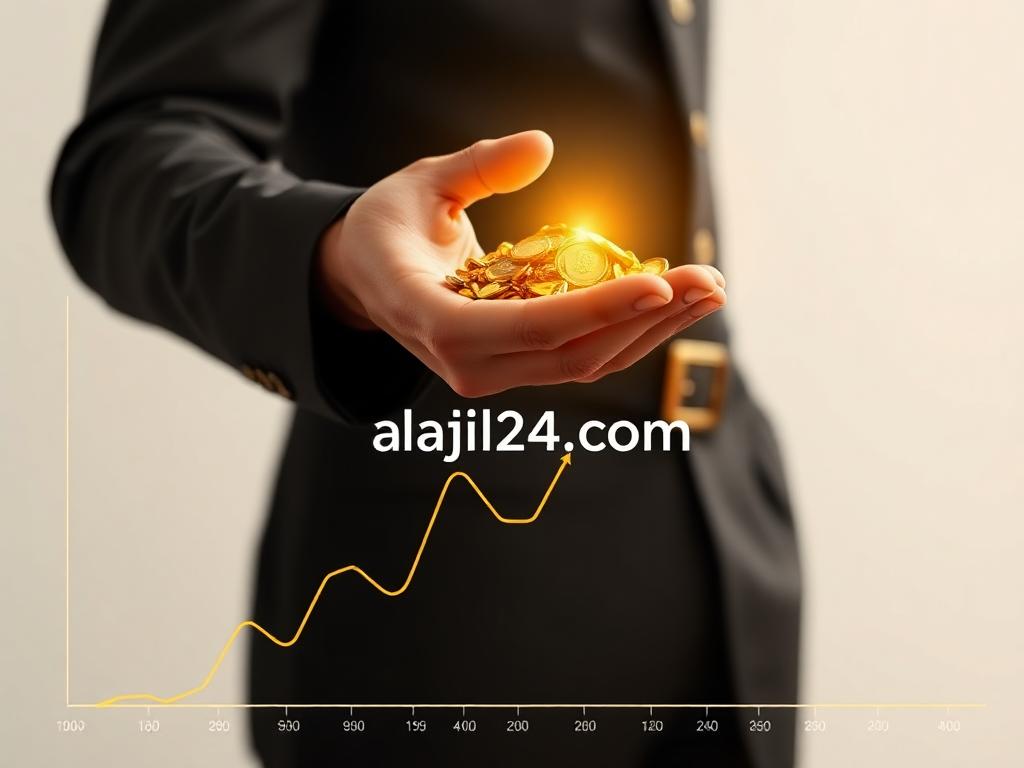The Relationship Between Forex and Gold
Forex (foreign exchange) trading and gold trading are two of the most popular financial markets in the world. Forex trading involves the exchange of currencies, while gold trading involves buying and selling gold as a commodity. While these two markets are distinct, they are closely interconnected. Understanding the relationship between forex and gold can provide traders with valuable insights to make informed trading decisions. In this article, we will explore how forex and gold are related, the factors influencing their prices, and how traders can benefit from this connection.
The Role of Gold in the Global Economy
Gold has been a valuable asset for centuries, often seen as a store of wealth and a safe-haven investment during times of economic uncertainty. It has traditionally been used as a hedge against inflation and currency devaluation, as well as a safeguard in times of geopolitical tensions or financial crises. Because of its historical significance, gold is considered one of the most reliable forms of value preservation.
Unlike currencies, which are issued and regulated by central banks, gold is a tangible asset with intrinsic value. Gold is traded in financial markets globally, and its price is usually quoted in terms of a currency, most commonly the US Dollar (USD). As a result, the price of gold is closely tied to currency fluctuations, especially the value of the US Dollar.
How Forex and Gold are Connected
- Inverse Relationship with the US Dollar One of the most important factors influencing the relationship between forex and gold is the US Dollar. Since gold is priced in USD, there is an inverse correlation between the price of gold and the value of the US Dollar. When the US Dollar strengthens, the price of gold typically falls, and when the US Dollar weakens, the price of gold tends to rise.This inverse relationship occurs because when the US Dollar strengthens, gold becomes more expensive in other currencies, reducing its demand. On the other hand, when the Dollar weakens, gold becomes cheaper in other currencies, driving up demand for the metal.
For example, during periods of economic uncertainty or when the Federal Reserve lowers interest rates, the value of the US Dollar may decline, which can push gold prices higher. Conversely, when the US Dollar strengthens, such as during a period of strong economic growth or rising interest rates, gold prices may fall.
- Interest Rates and Inflation Interest rates and inflation are two key economic factors that influence both the forex and gold markets. Central banks, such as the Federal Reserve in the US, set interest rates to control inflation and manage economic growth. Higher interest rates often lead to a stronger currency and lower gold prices, as higher rates offer better returns on investments in currencies and bonds compared to gold, which does not yield interest.On the other hand, lower interest rates tend to weaken the currency and increase gold demand as a hedge against inflation. When inflation is high or expected to rise, investors often turn to gold as a store of value, driving up its price. The relationship between interest rates, inflation, and gold creates a cycle where changes in one market can affect the other.
- Global Economic Uncertainty Gold is often seen as a safe-haven asset, which means that it tends to perform well during times of global economic or political uncertainty. In times of crisis, such as financial recessions, wars, or geopolitical tensions, investors tend to flock to gold as a stable store of value, driving up its price.During such uncertain times, forex traders may also seek to hedge their positions by buying gold. This is particularly true for currencies in countries that are perceived to be vulnerable to external shocks. As a result, both forex and gold traders may act in response to the same global events, causing the two markets to move in tandem.
- Supply and Demand Factors The supply and demand dynamics of gold can also impact its price, and in turn, affect the forex market. The price of gold can be influenced by factors such as mining output, central bank reserves, and geopolitical events that disrupt gold production. A decrease in gold supply can push its price higher, while an increase in supply can have the opposite effect.Central banks hold large reserves of gold as part of their monetary policy, and their buying and selling decisions can also impact the price of gold. For example, if a central bank decides to increase its gold holdings as part of its foreign exchange reserves, this could drive up demand for gold, influencing its price and potentially affecting currency markets.
How Forex Traders Can Benefit from Gold’s Movements
Understanding the relationship between forex and gold can be a valuable tool for forex traders. Here are some ways in which forex traders can benefit from movements in the gold market:
- Hedging Currency Positions Forex traders can use gold as a hedge against adverse currency movements. For example, if a trader holds a position in a currency that is highly correlated with gold, such as the Australian Dollar (AUD) or the Canadian Dollar (CAD), they may choose to buy gold as a protective measure. In this case, if the currency position loses value due to a decline in the currency, the trader may benefit from the rise in gold prices, offsetting the losses.
- Predicting Currency Movements Forex traders can also use gold’s price movements to predict currency trends. Since gold is inversely correlated with the US Dollar, traders can monitor the price of gold as an indicator of potential changes in the value of the Dollar. For example, if the price of gold is rising, it may signal a weakening US Dollar, and traders may choose to adjust their forex positions accordingly.Similarly, if gold prices are falling, it may indicate a strengthening US Dollar, prompting traders to adjust their strategies. By keeping an eye on the gold market, forex traders can gain additional insights into currency trends and make more informed trading decisions.
- Gold as a Risk Management Tool Gold’s role as a safe-haven asset makes it an effective tool for managing risk in a forex portfolio. During periods of market volatility, gold can provide stability and reduce the overall risk exposure of a forex portfolio. Traders can diversify their investments by allocating a portion of their portfolio to gold, ensuring that they are not overly reliant on currency markets alone.
Conclusion
The relationship between forex and gold is a complex and dynamic one, driven by various economic factors such as the value of the US Dollar, interest rates, inflation, and global economic uncertainty. Forex traders can benefit from understanding how these factors influence both markets, using gold as a hedge or a predictive tool for currency movements.
By keeping an eye on the gold market, forex traders can gain valuable insights into potential changes in currency values and adjust their strategies accordingly. Additionally, gold’s status as a safe-haven asset makes it an effective tool for risk management and portfolio diversification, ensuring that traders can navigate volatile market conditions with greater confidence. Understanding the interplay between forex and gold can be a powerful way to enhance trading strategies and maximize potential profits in the forex market.




